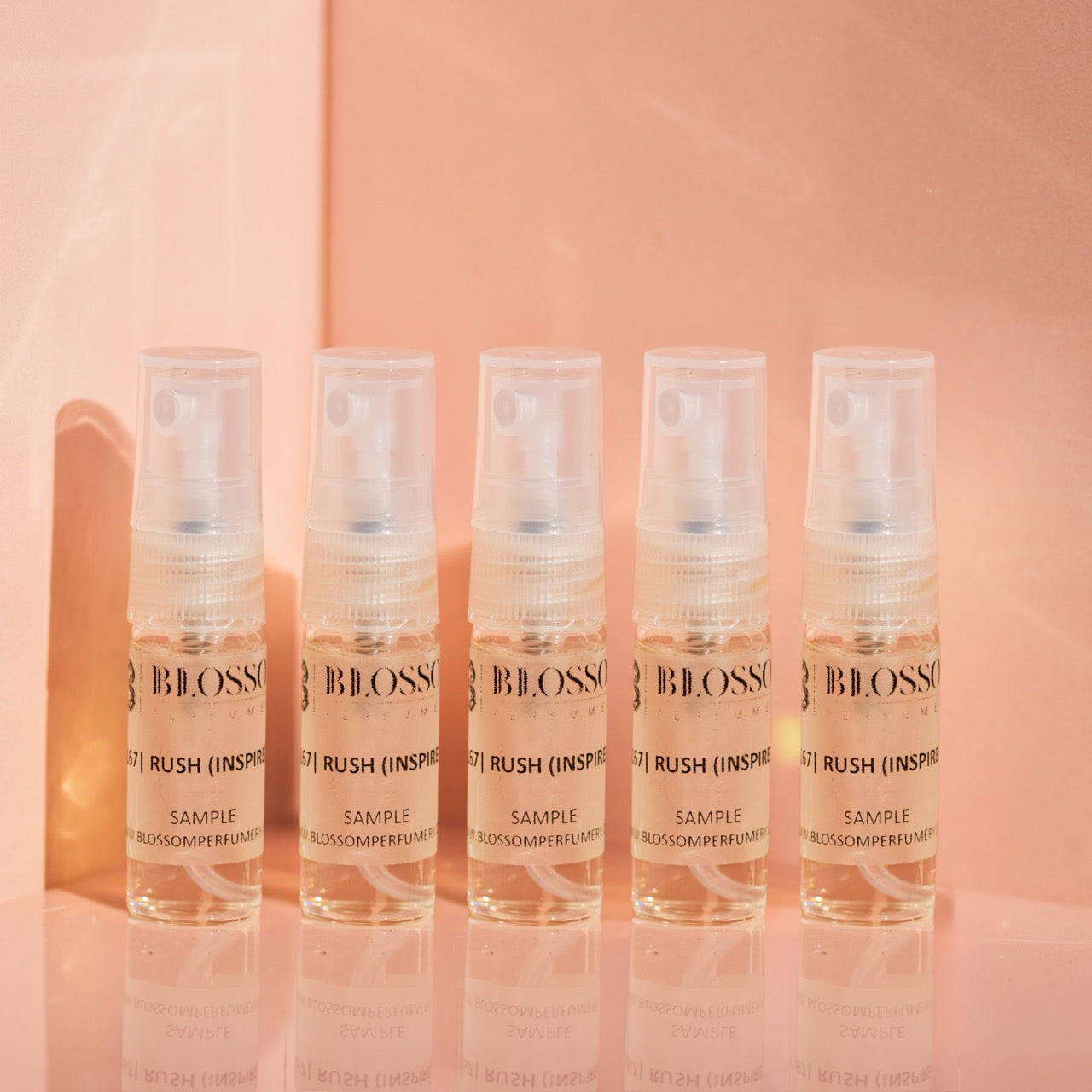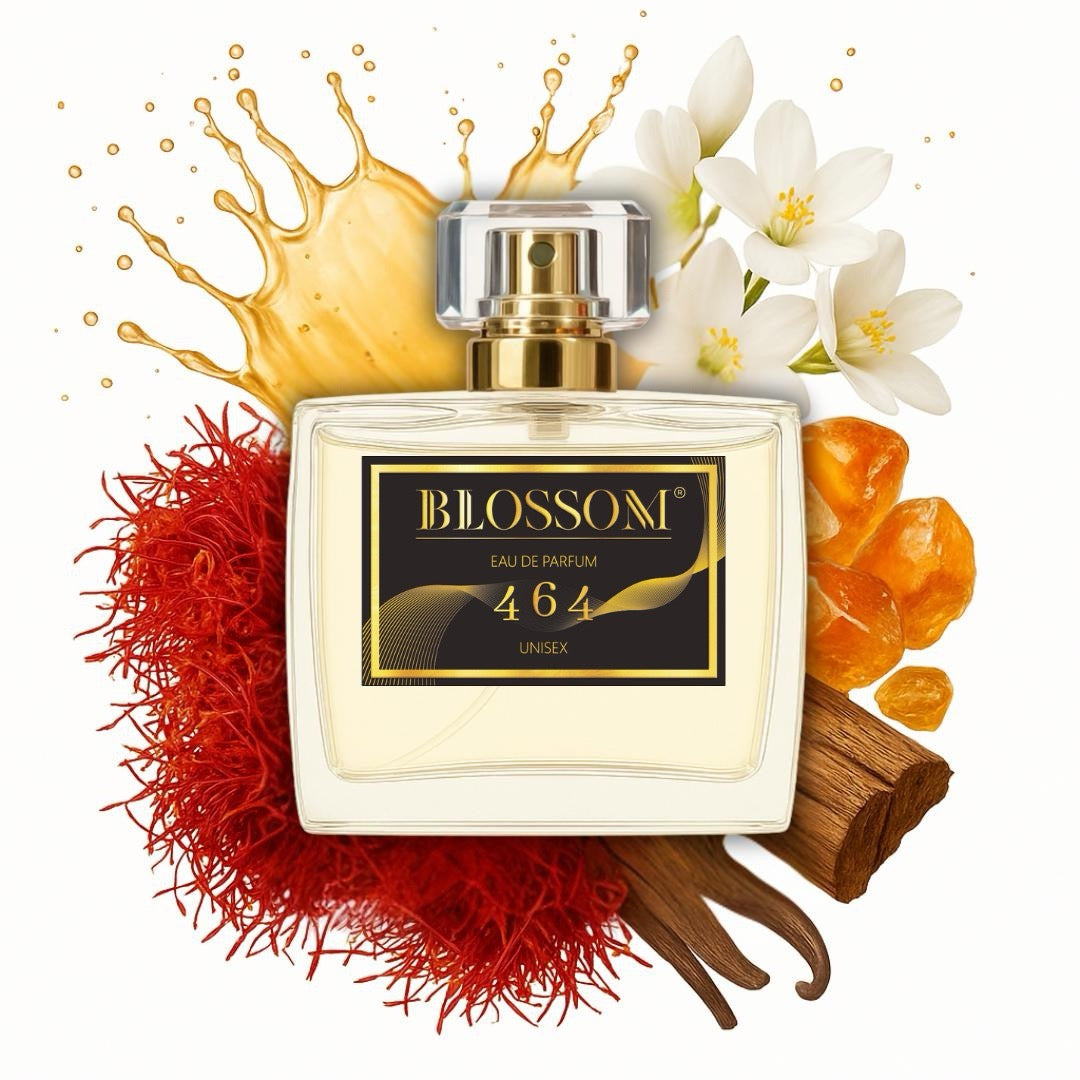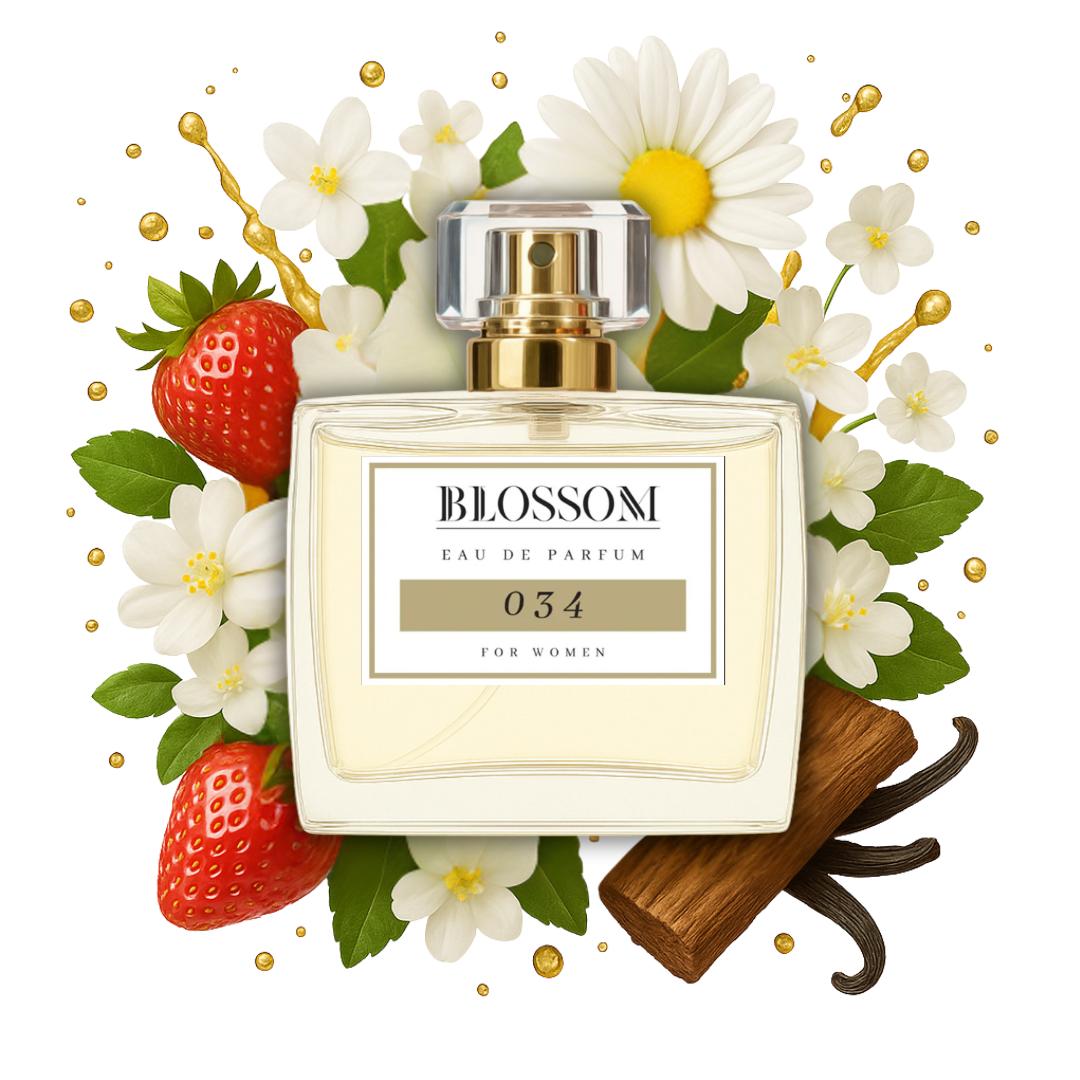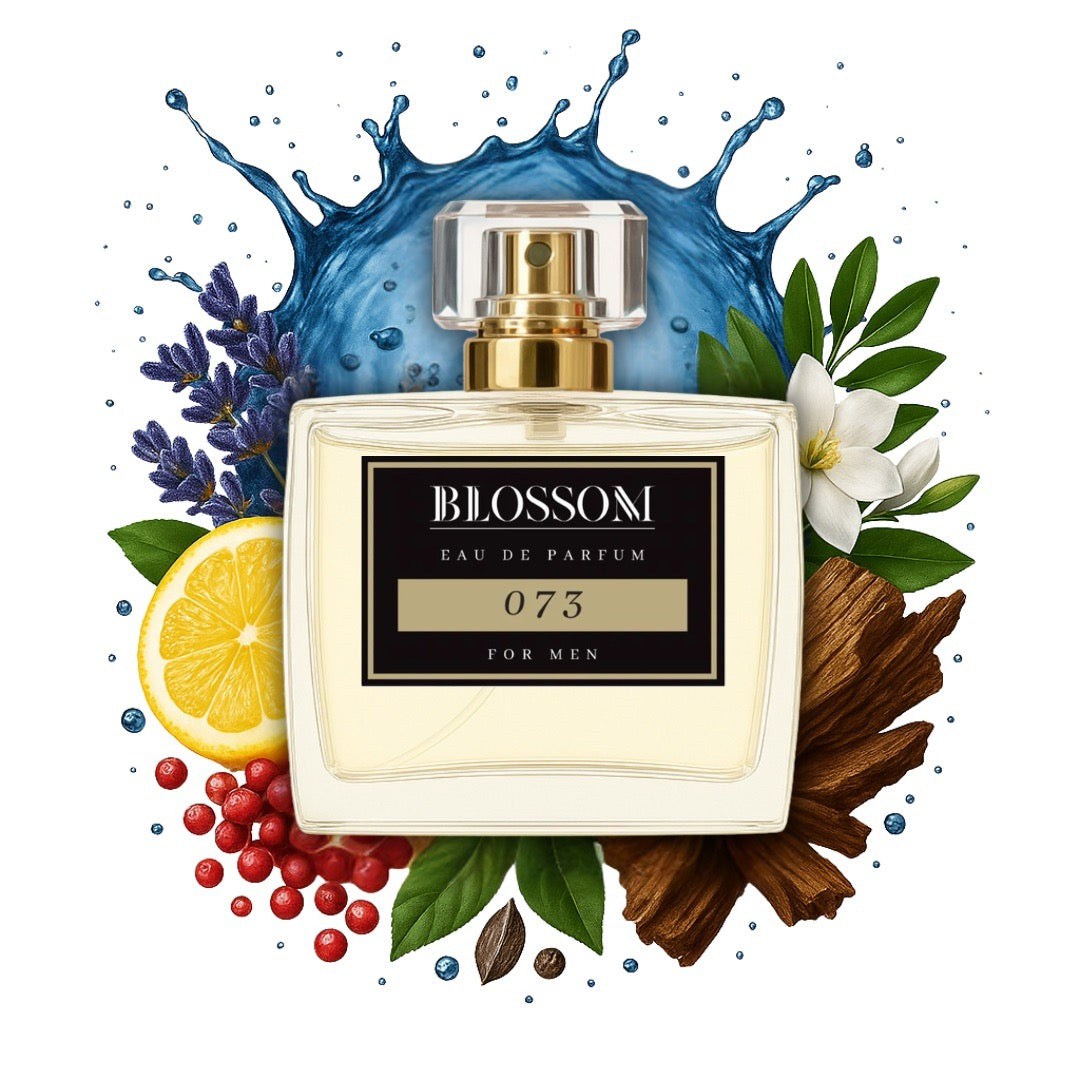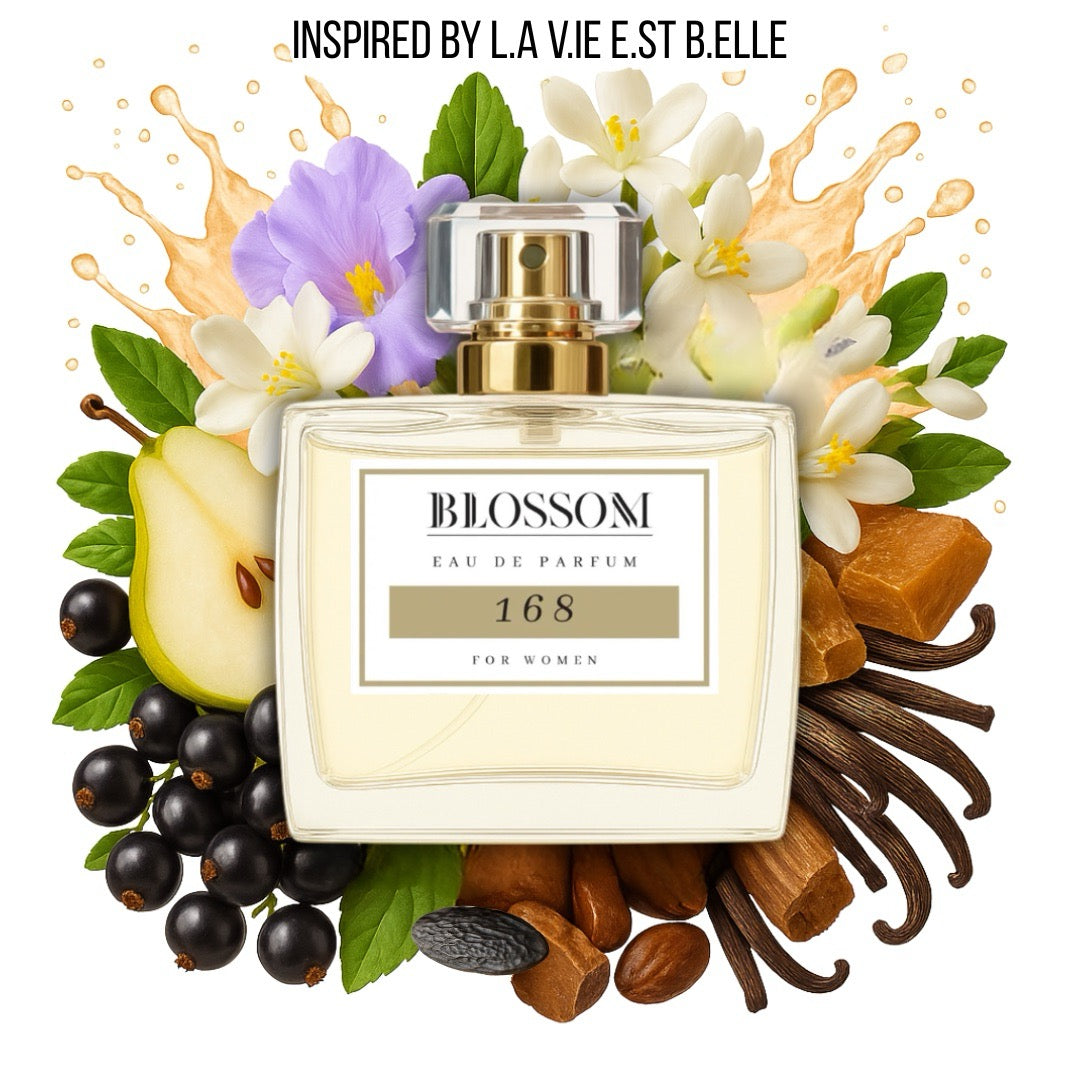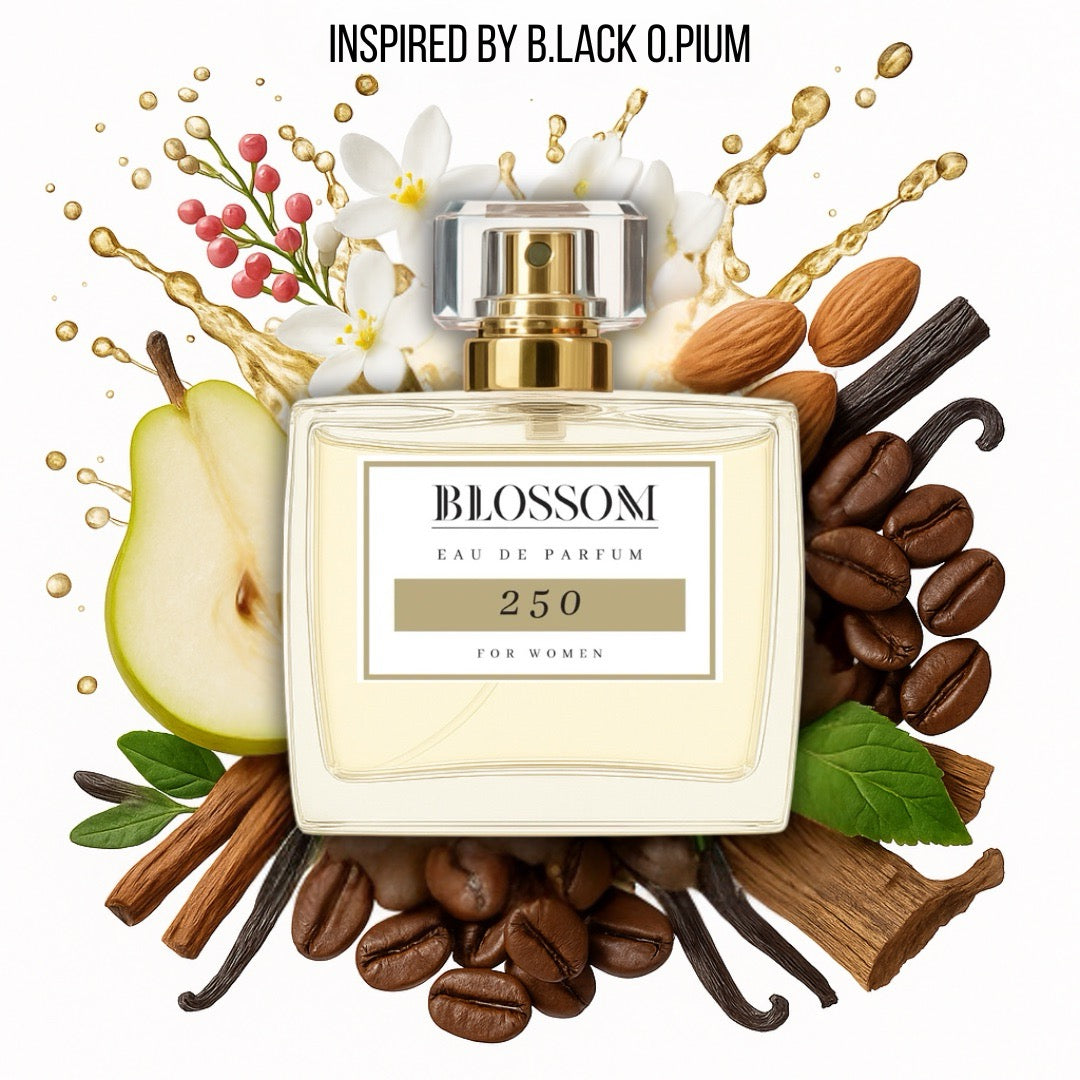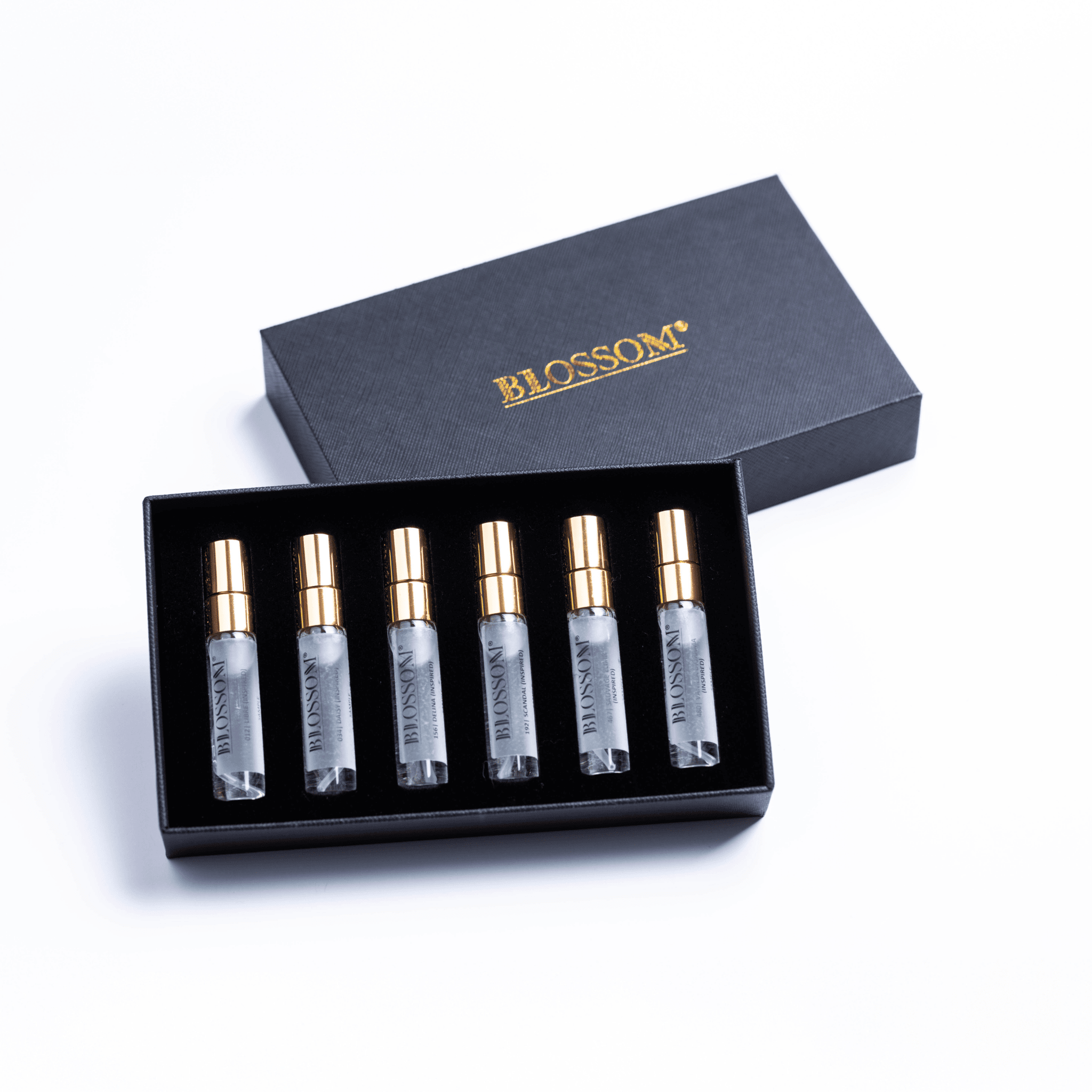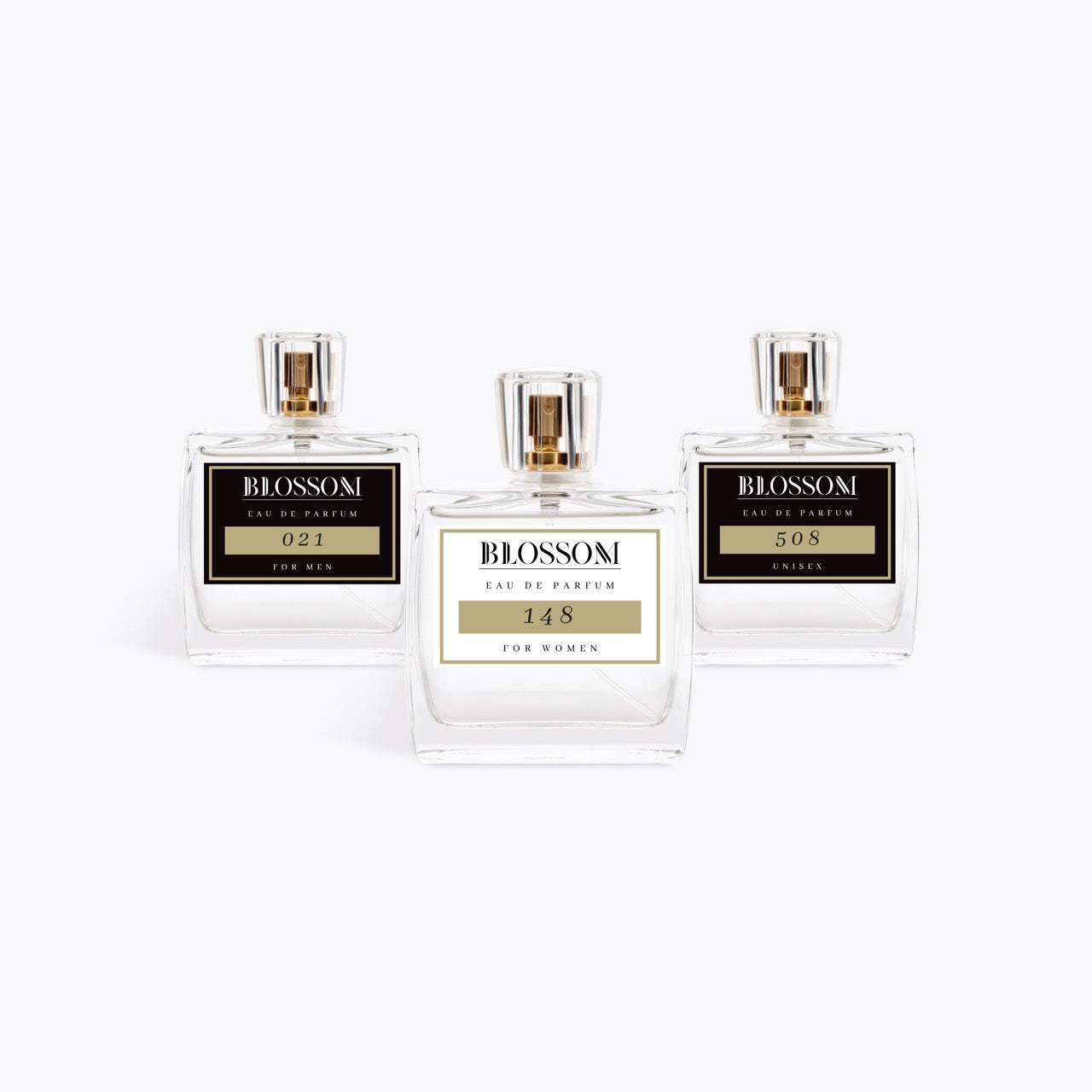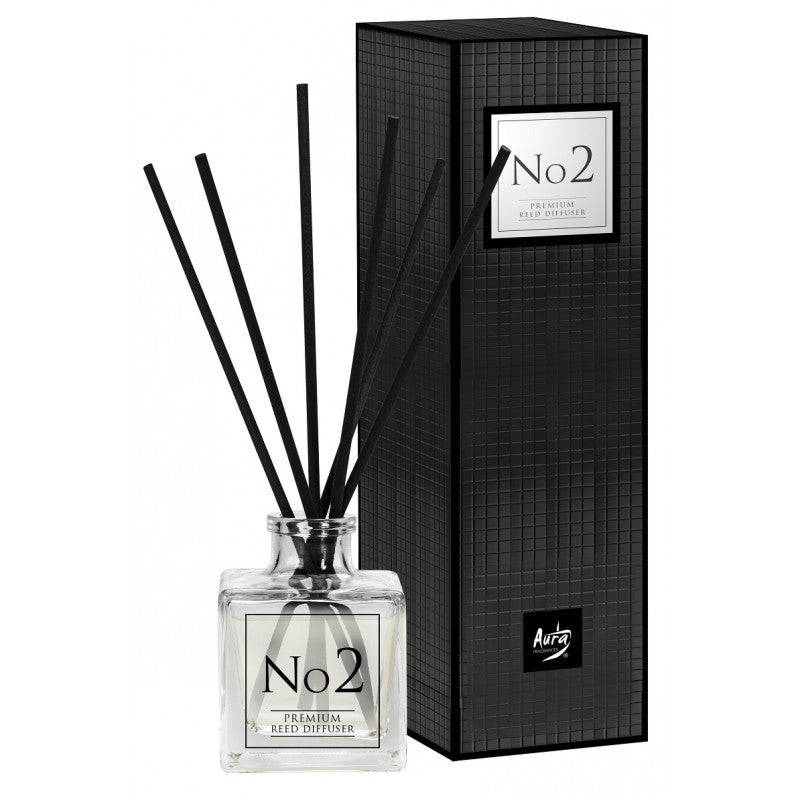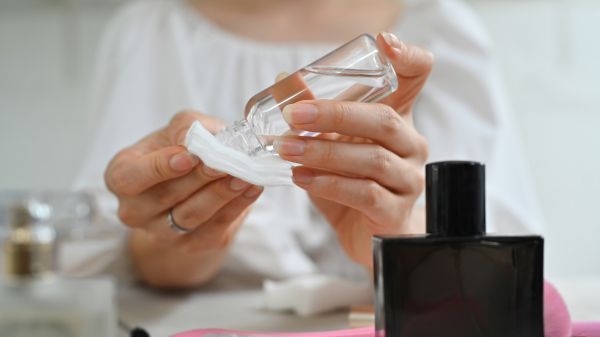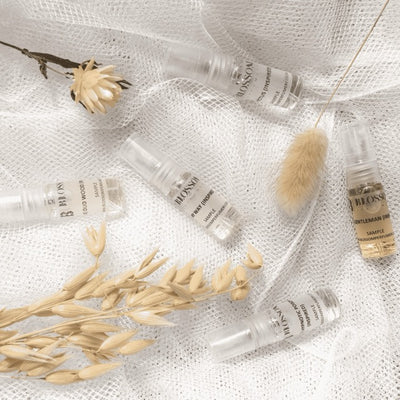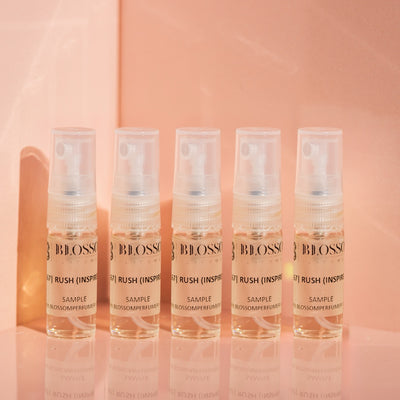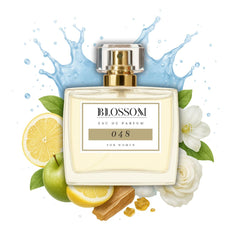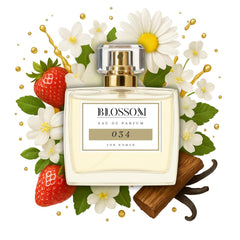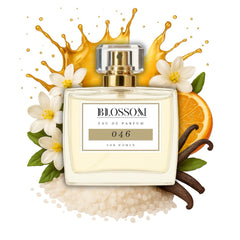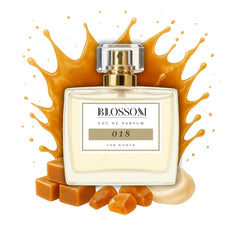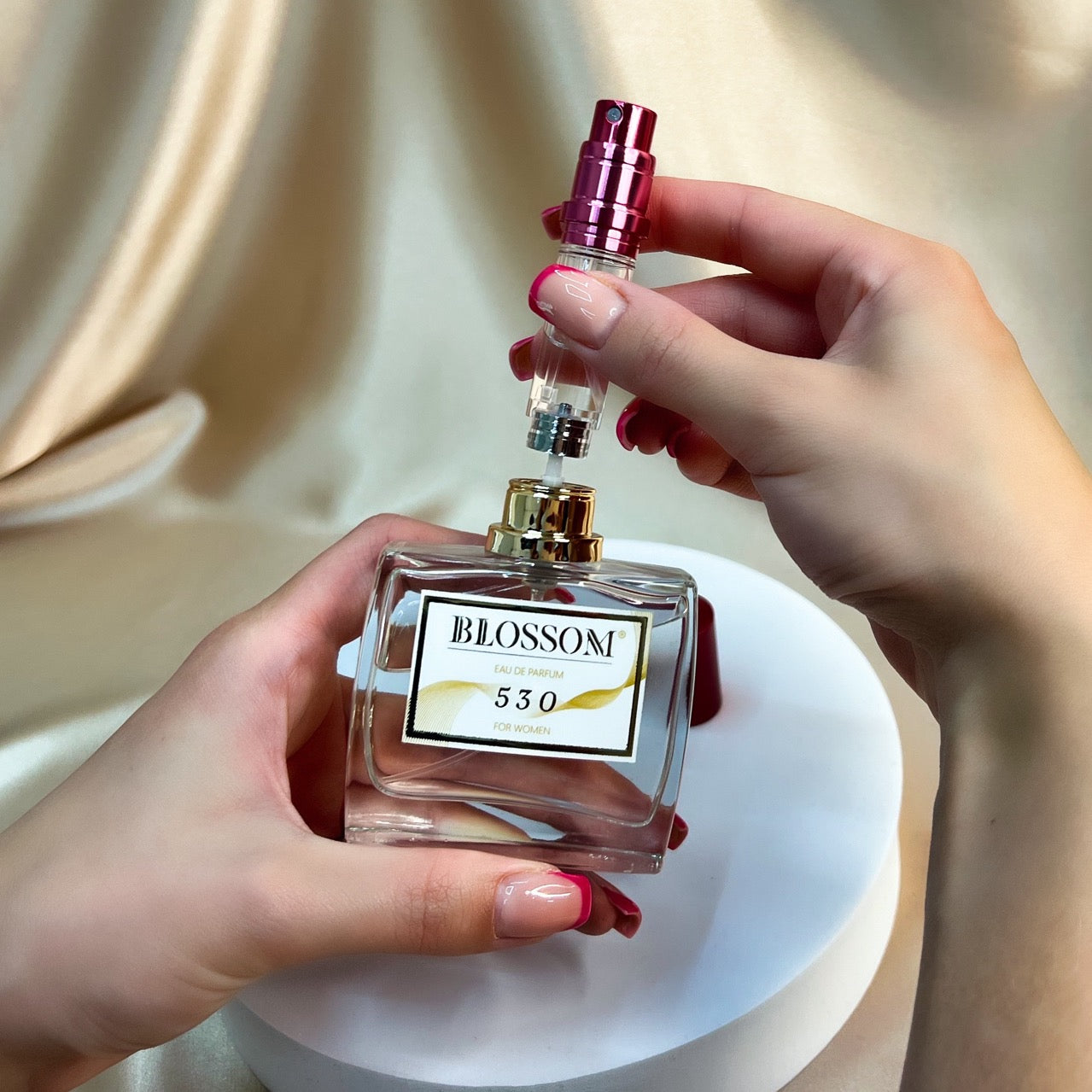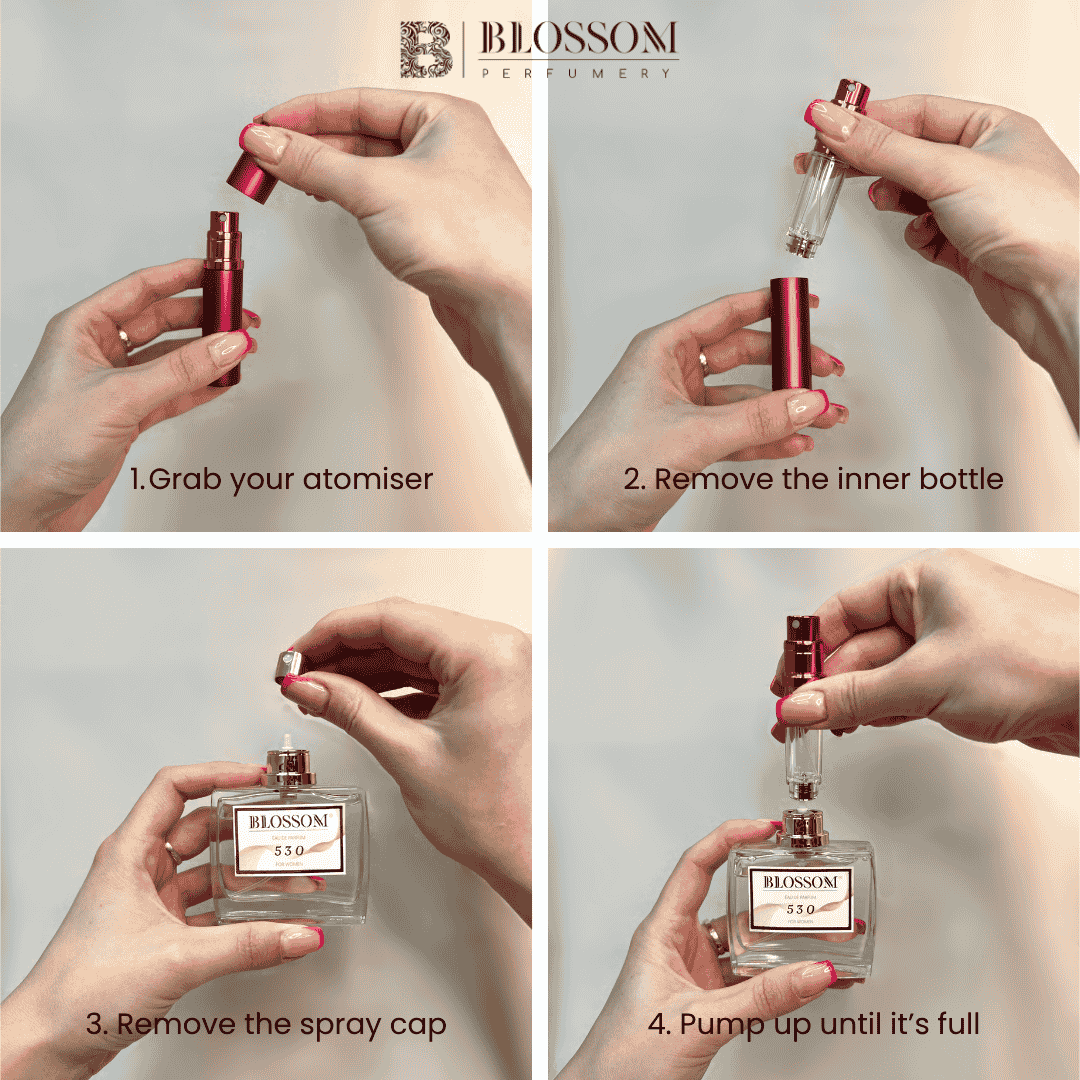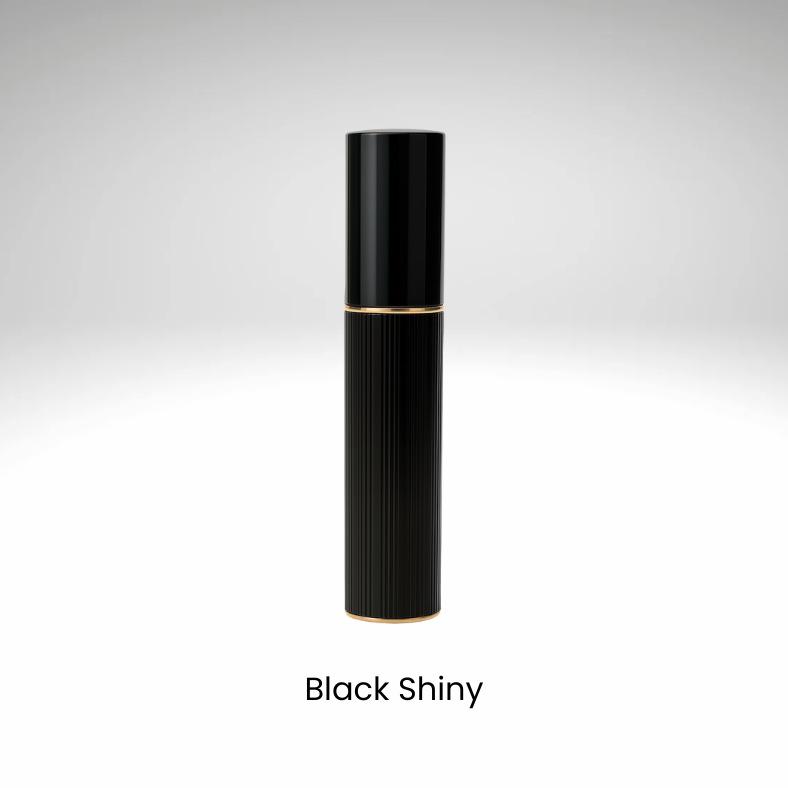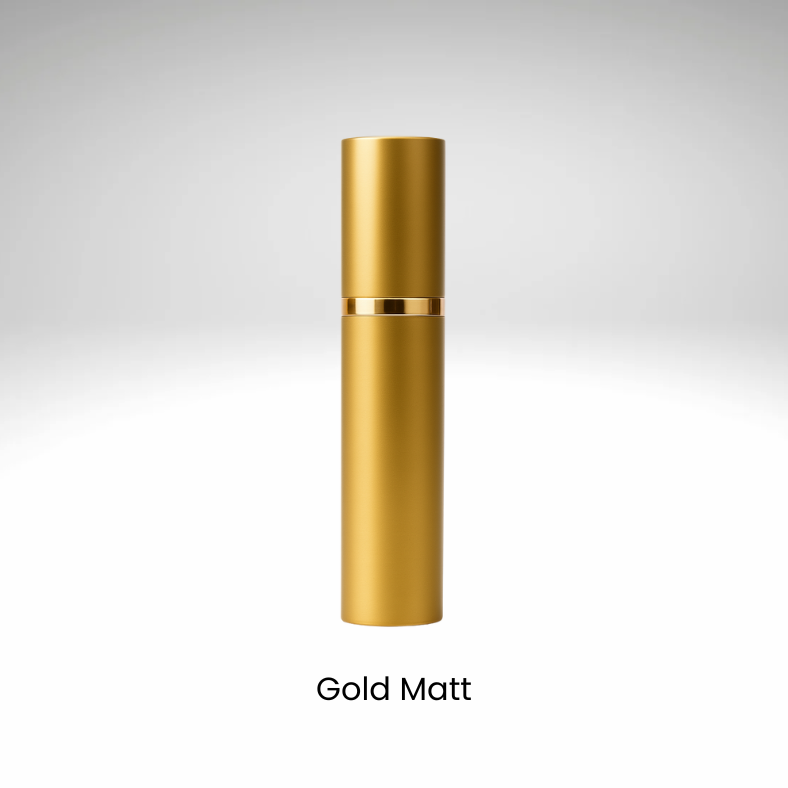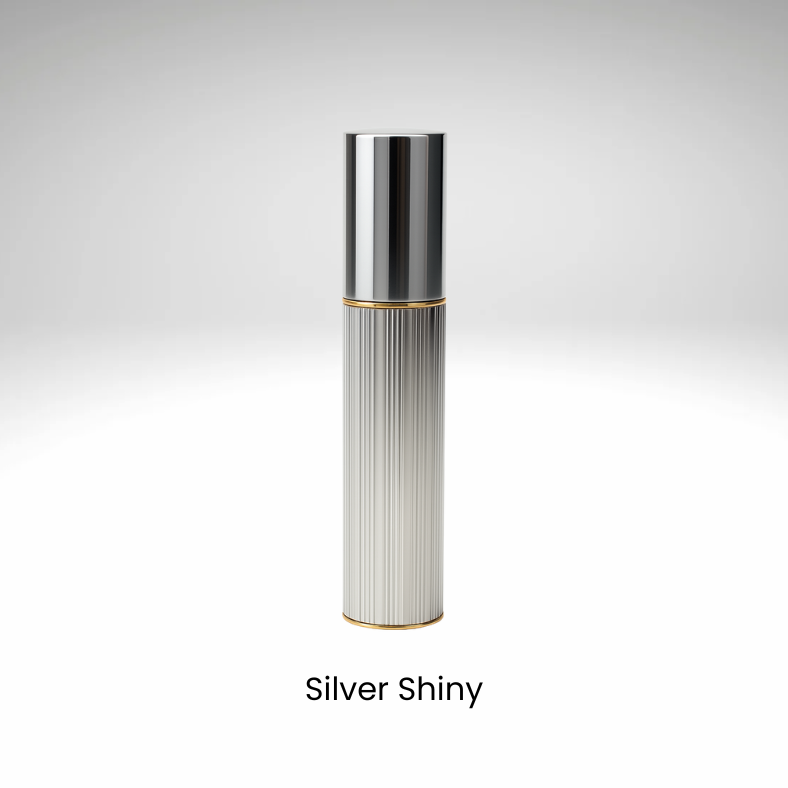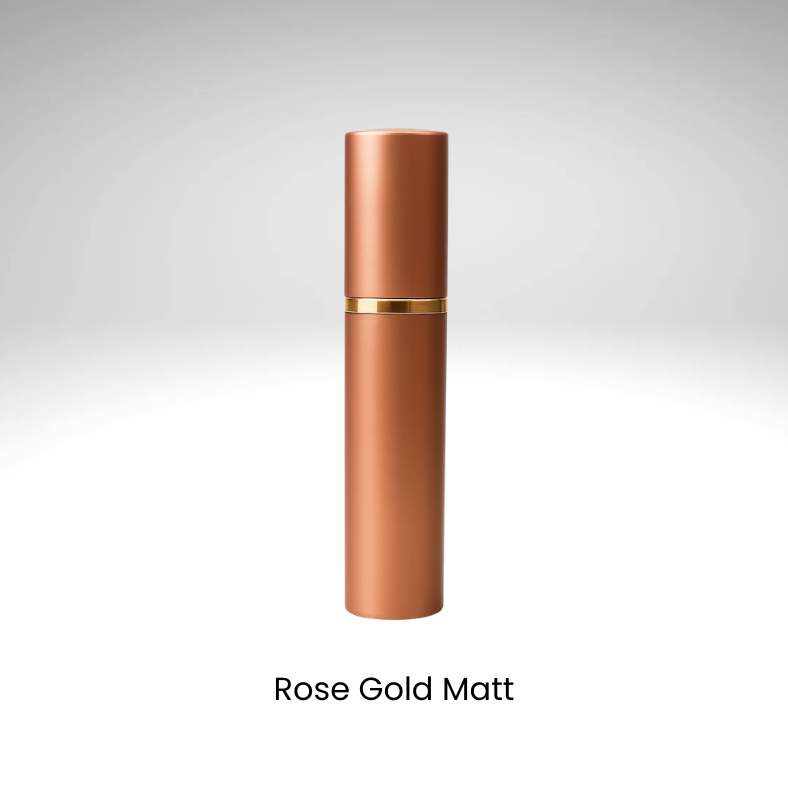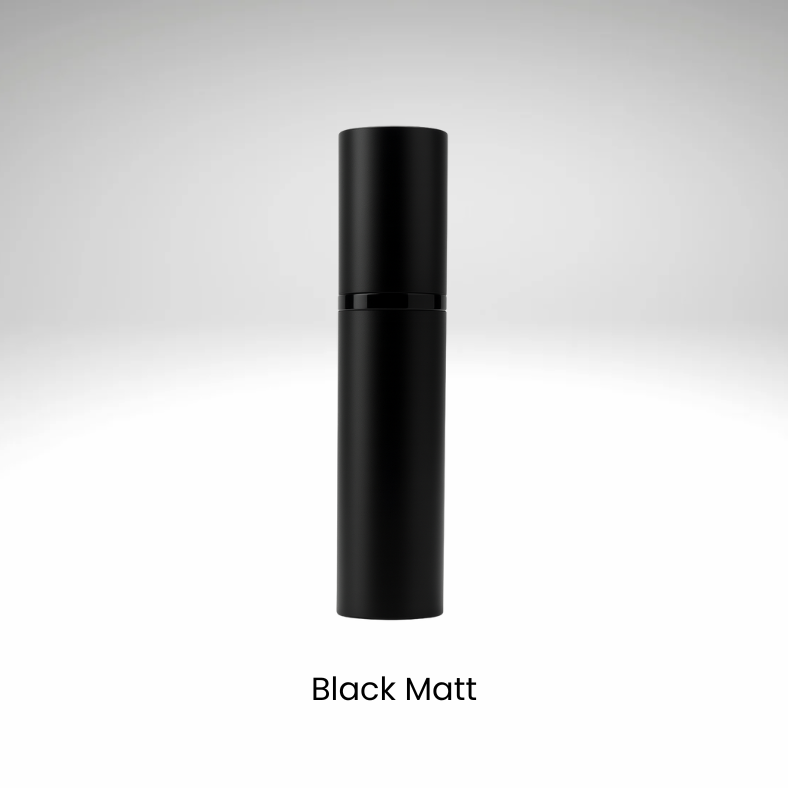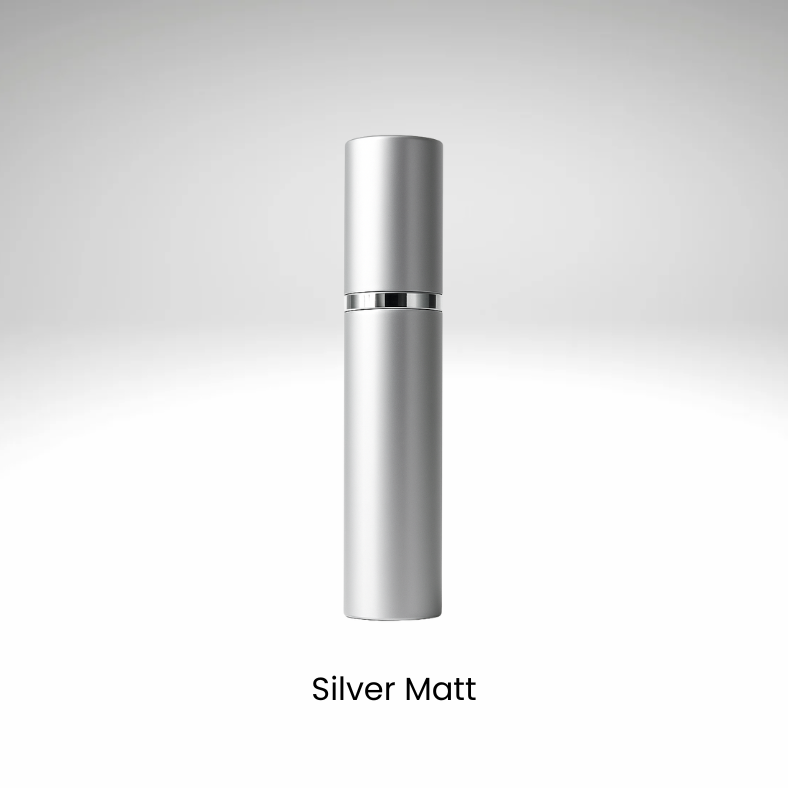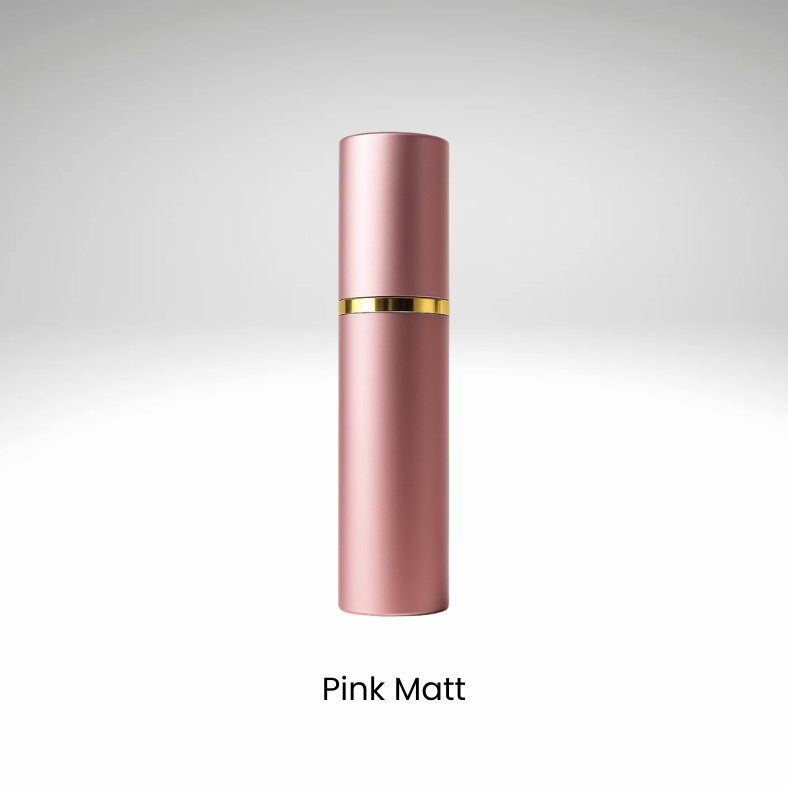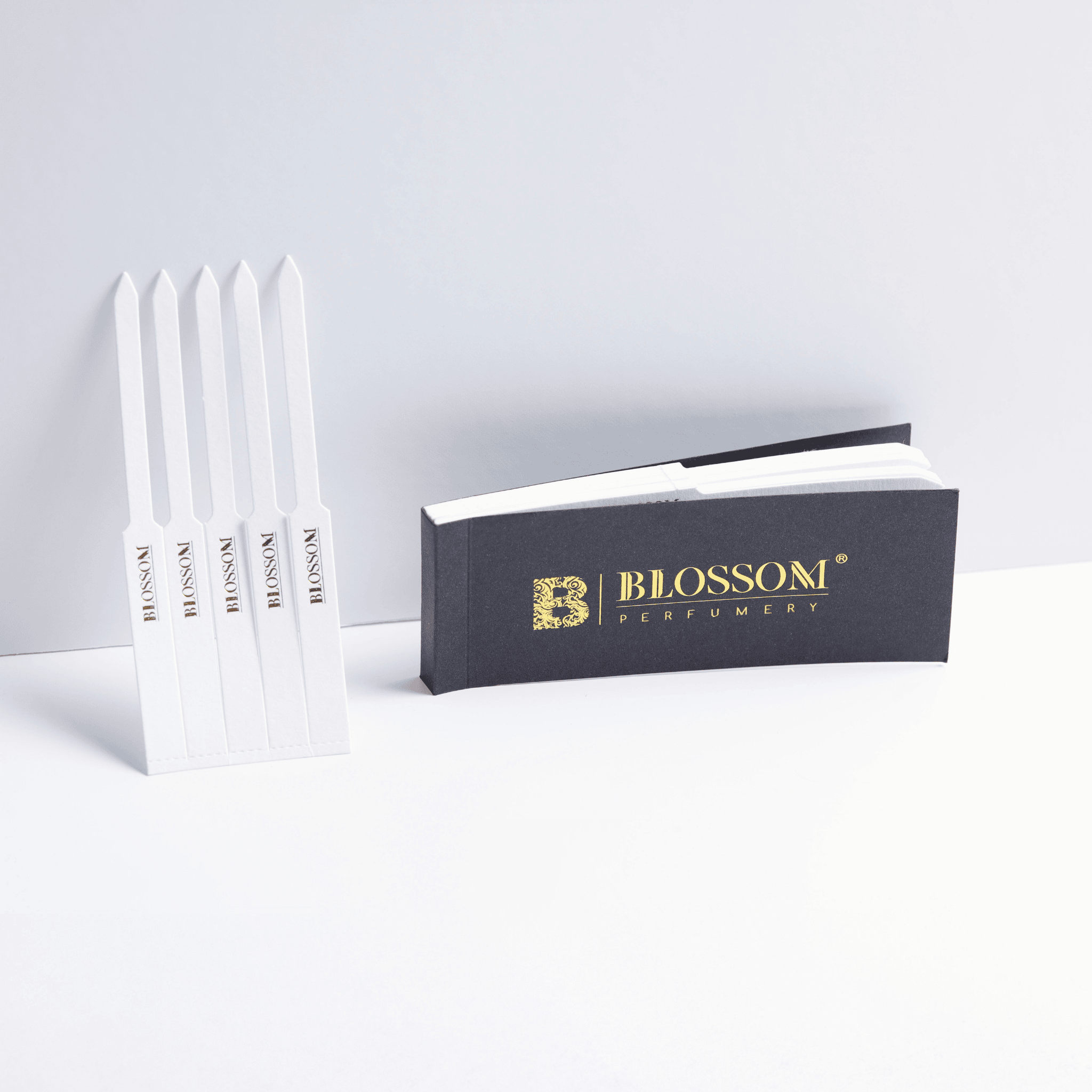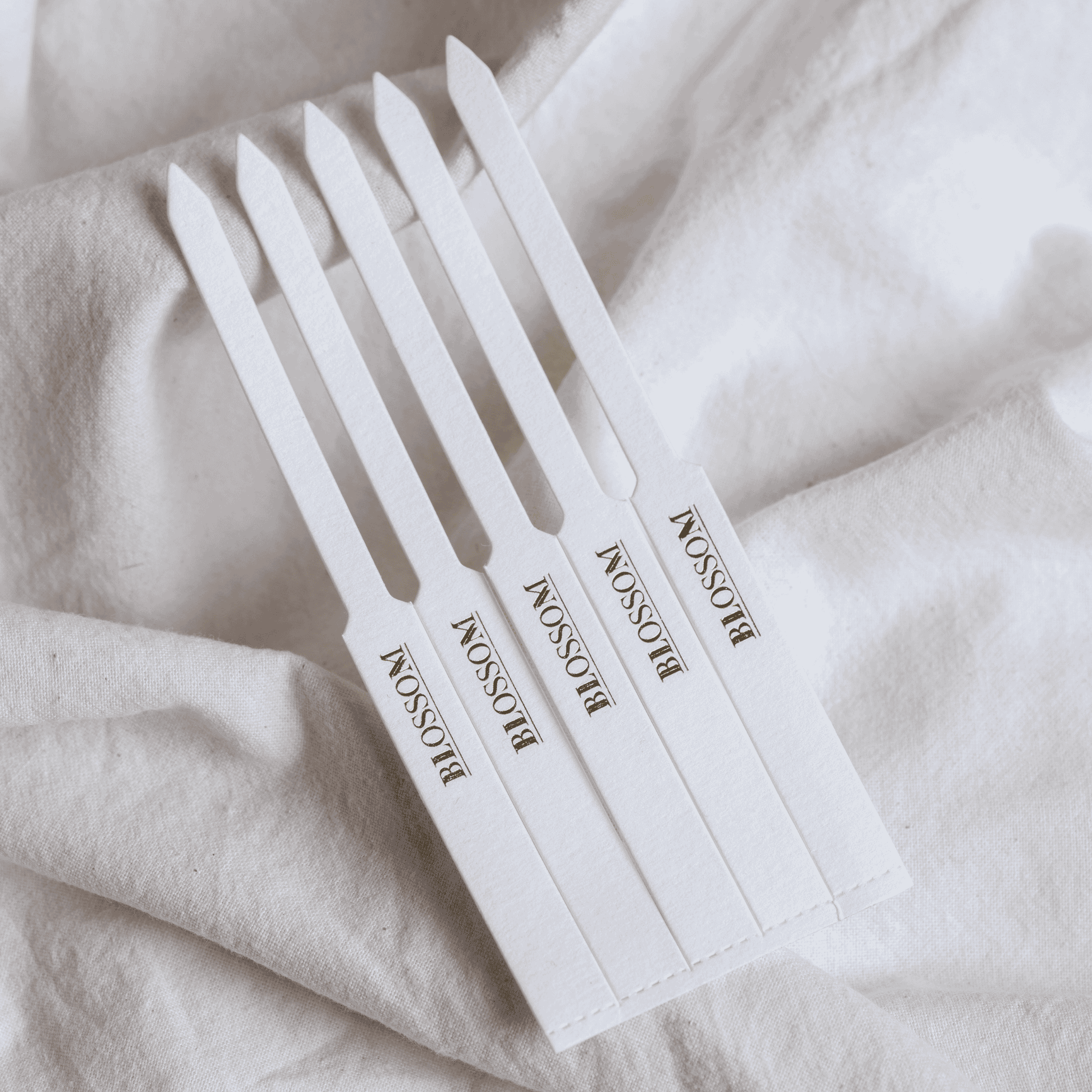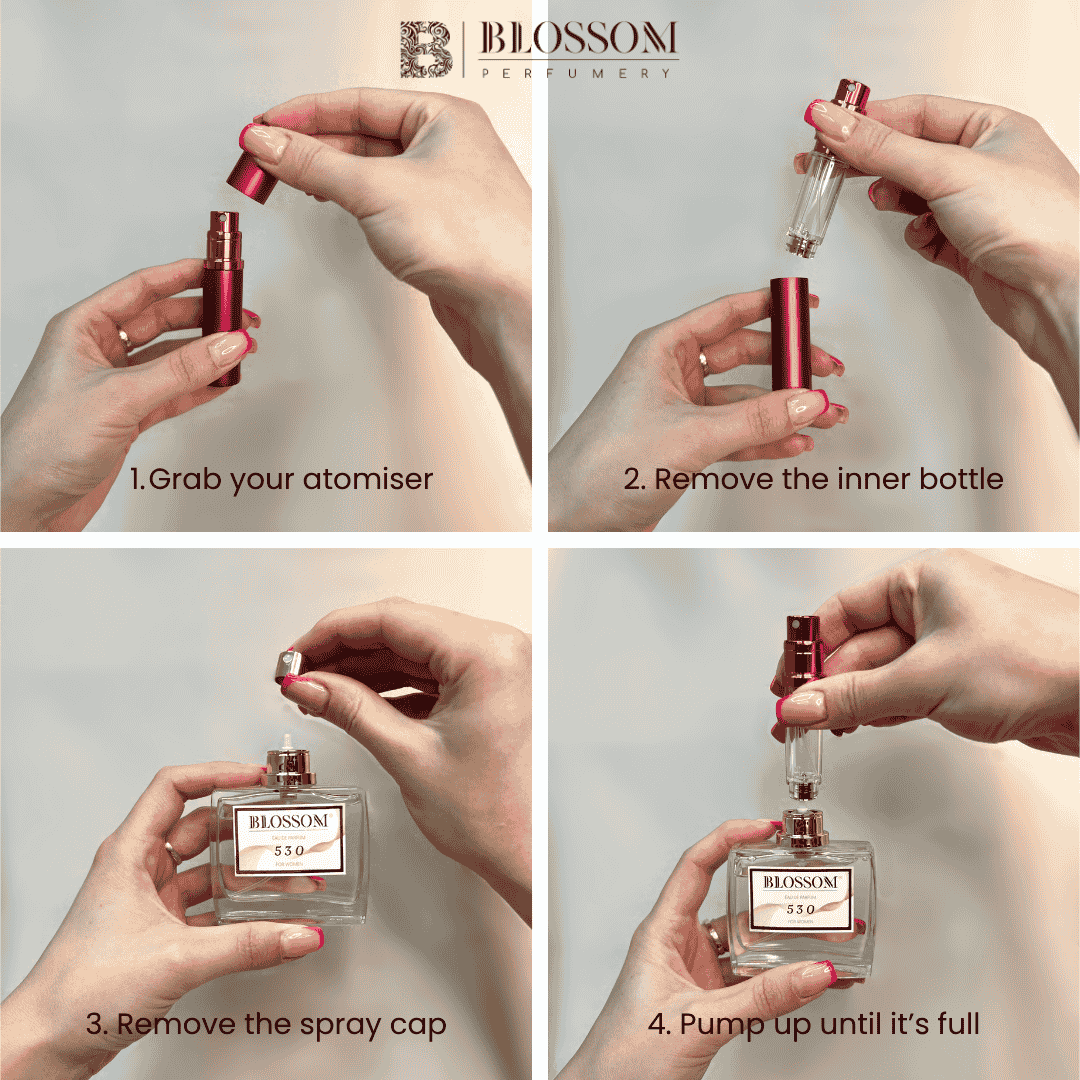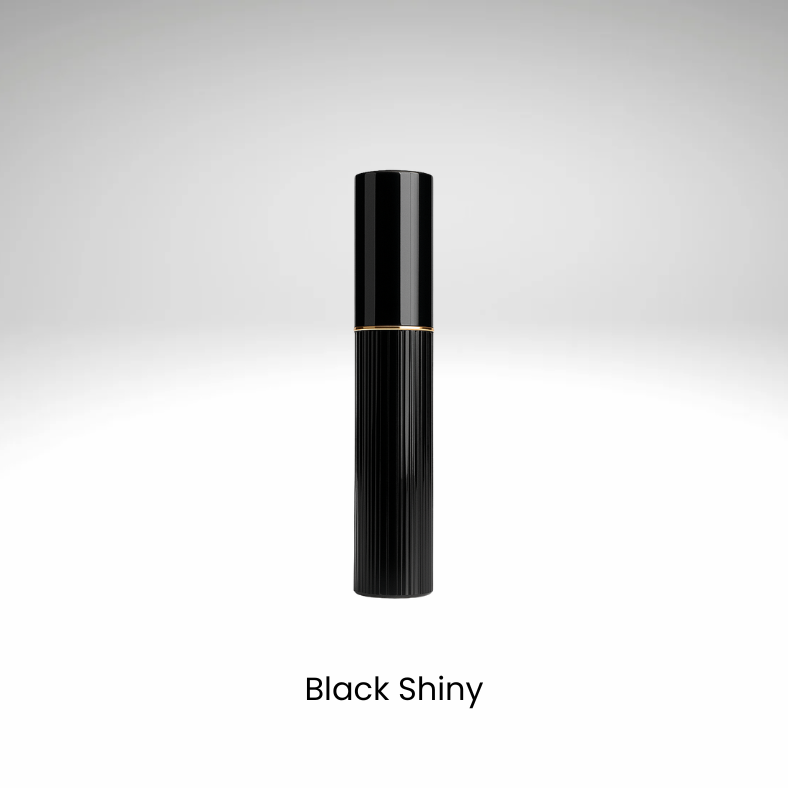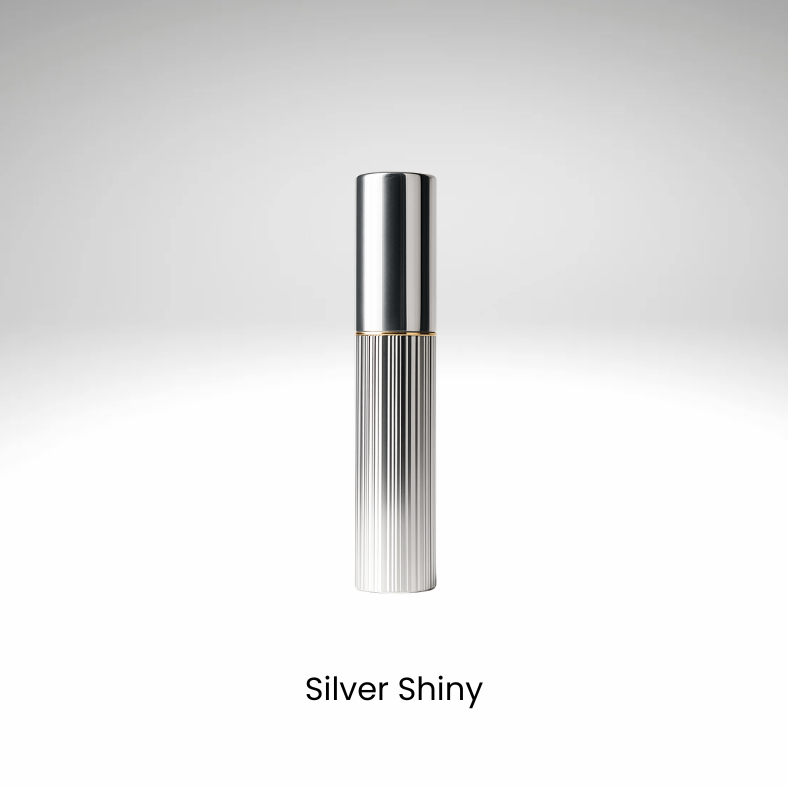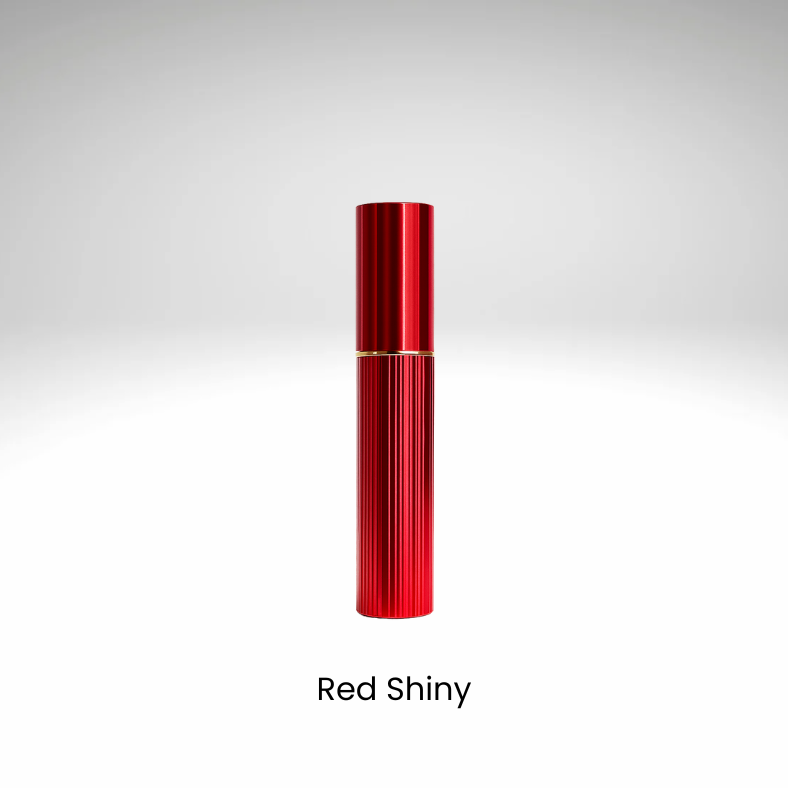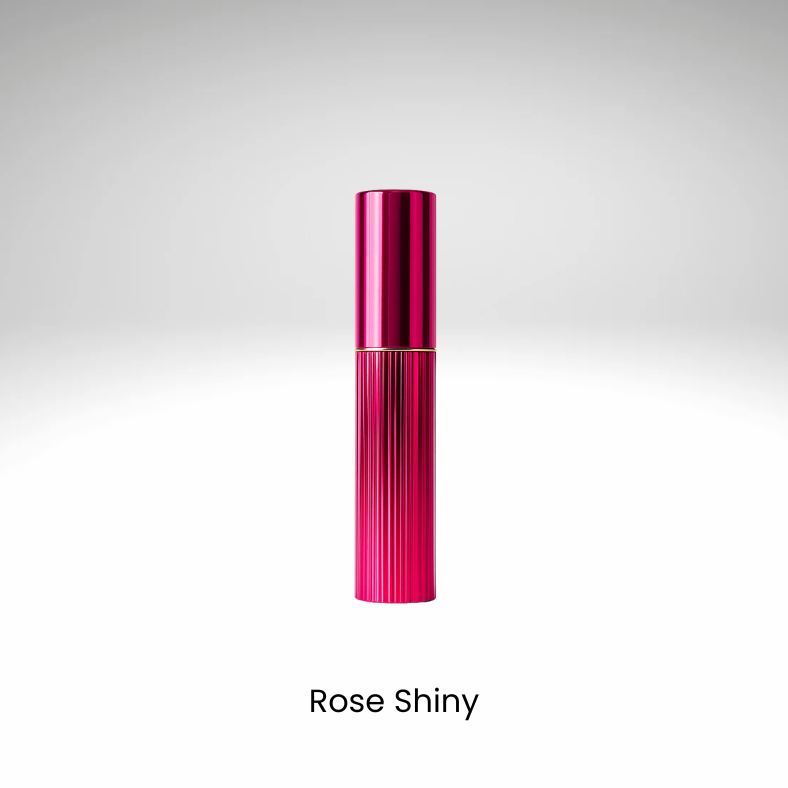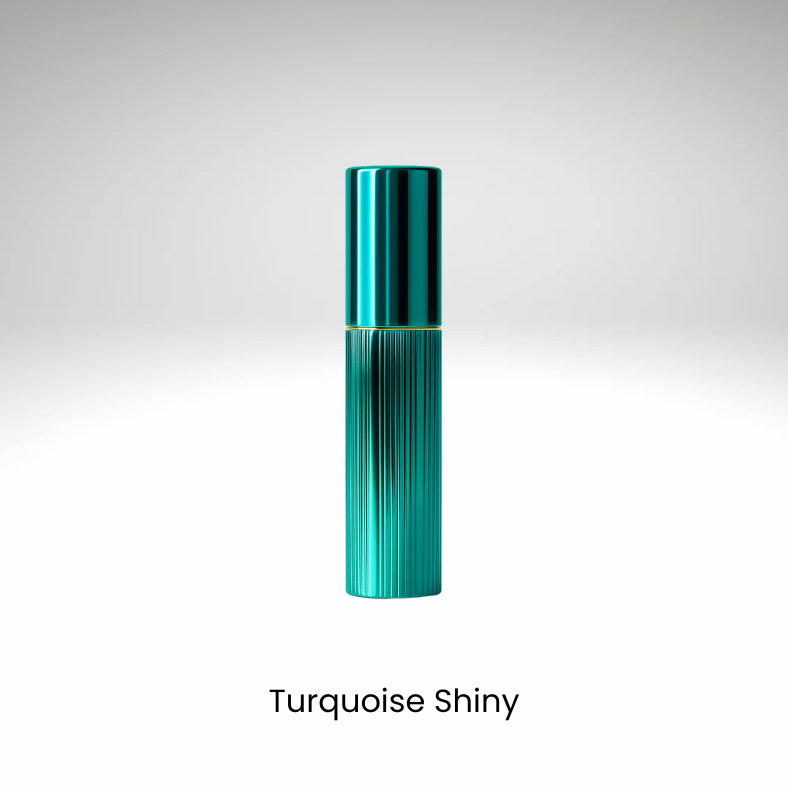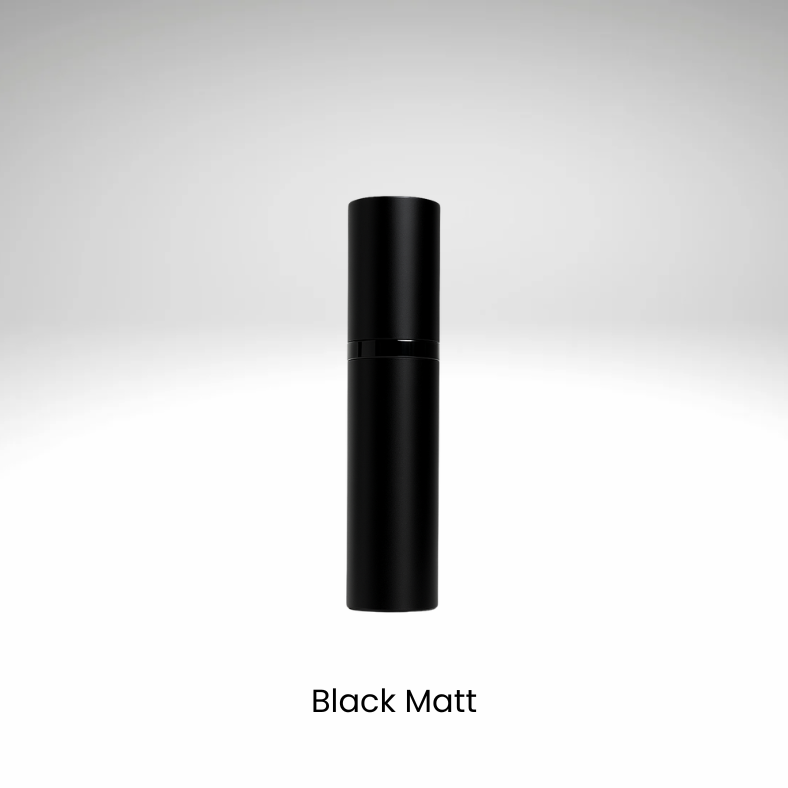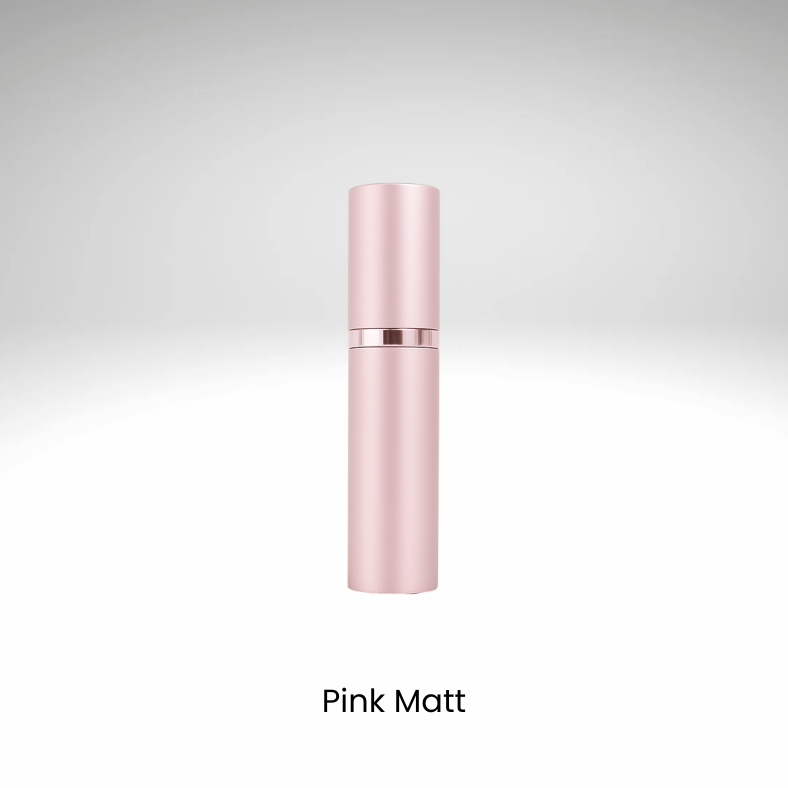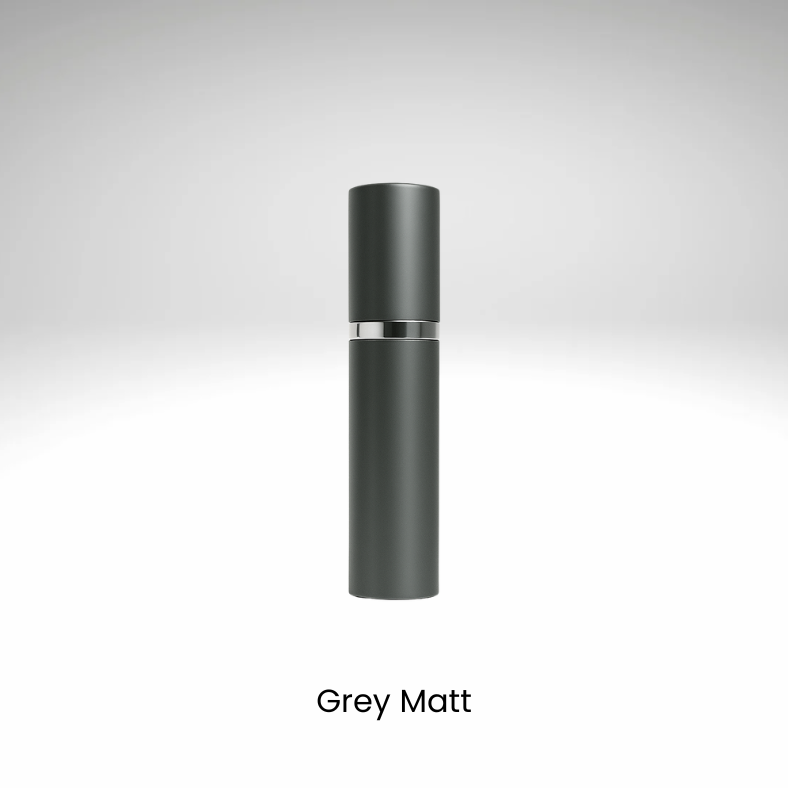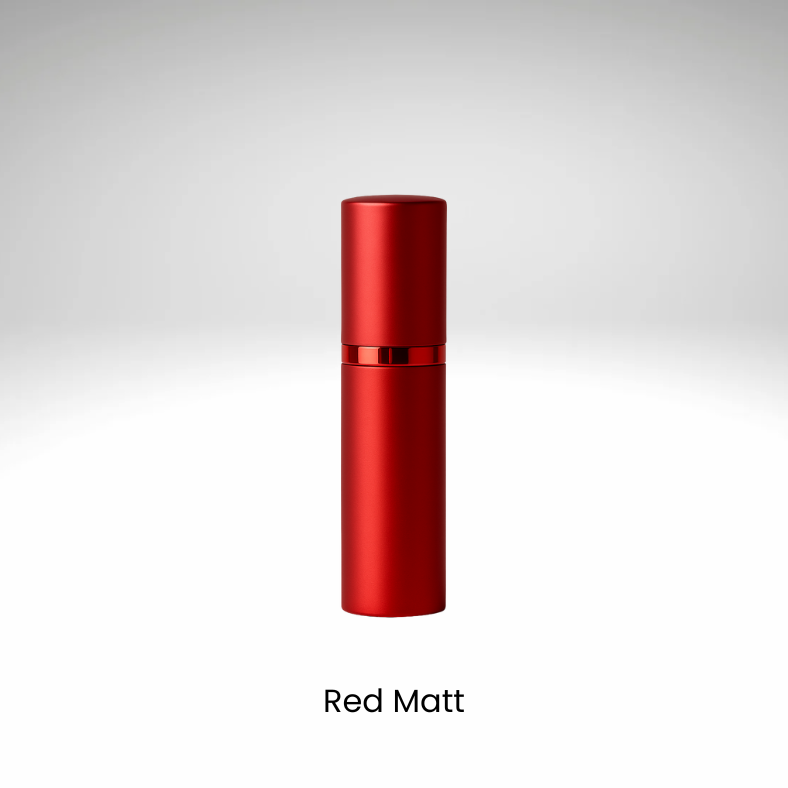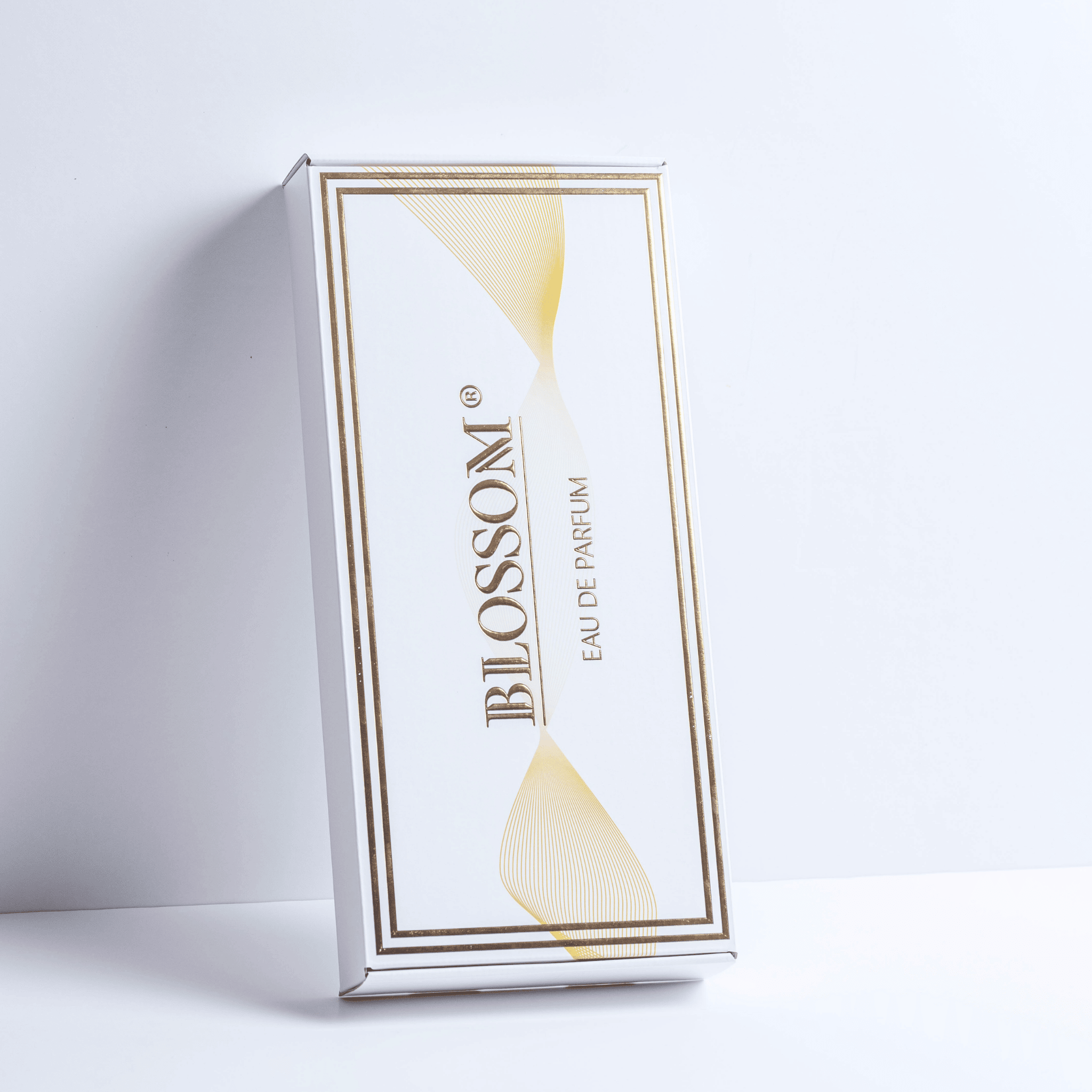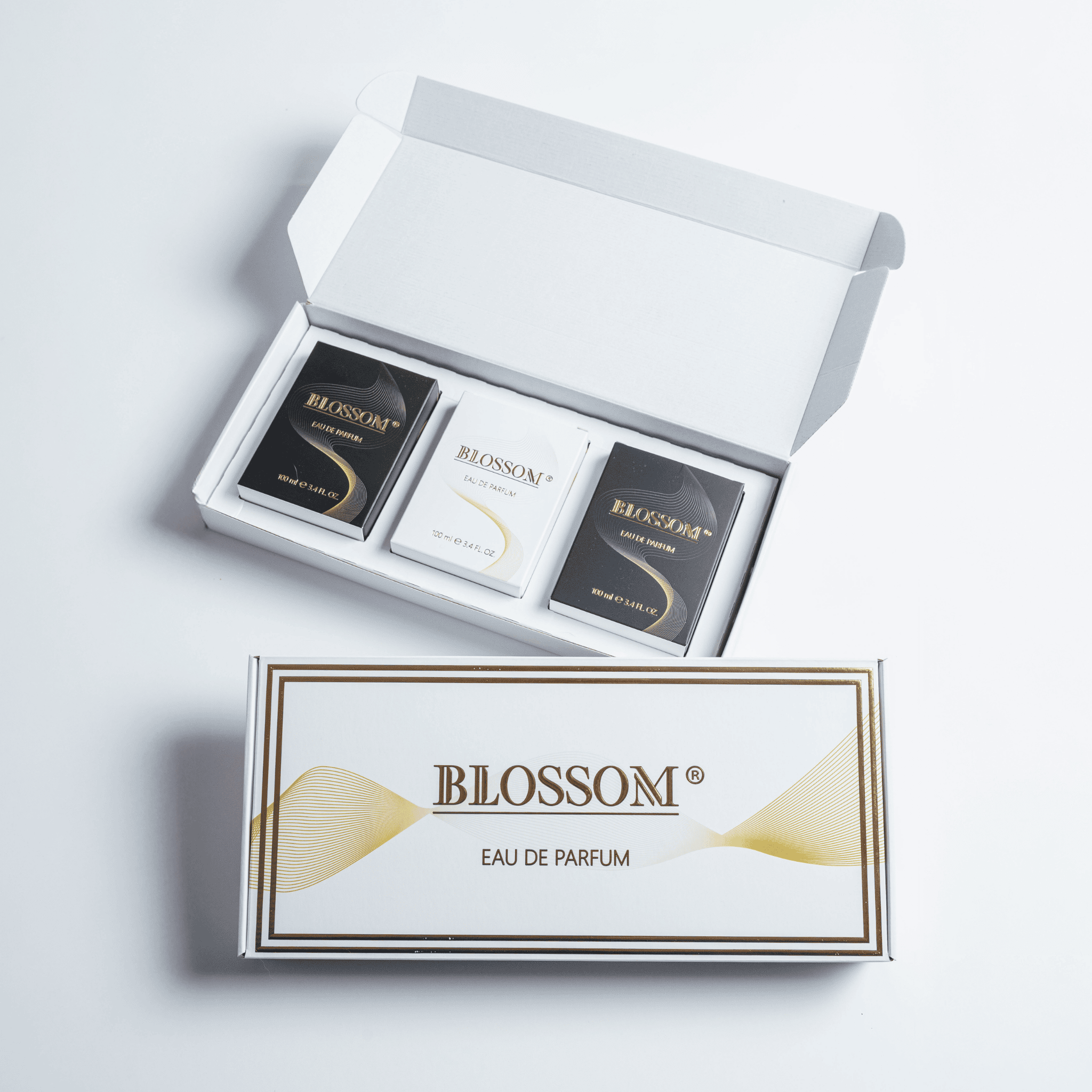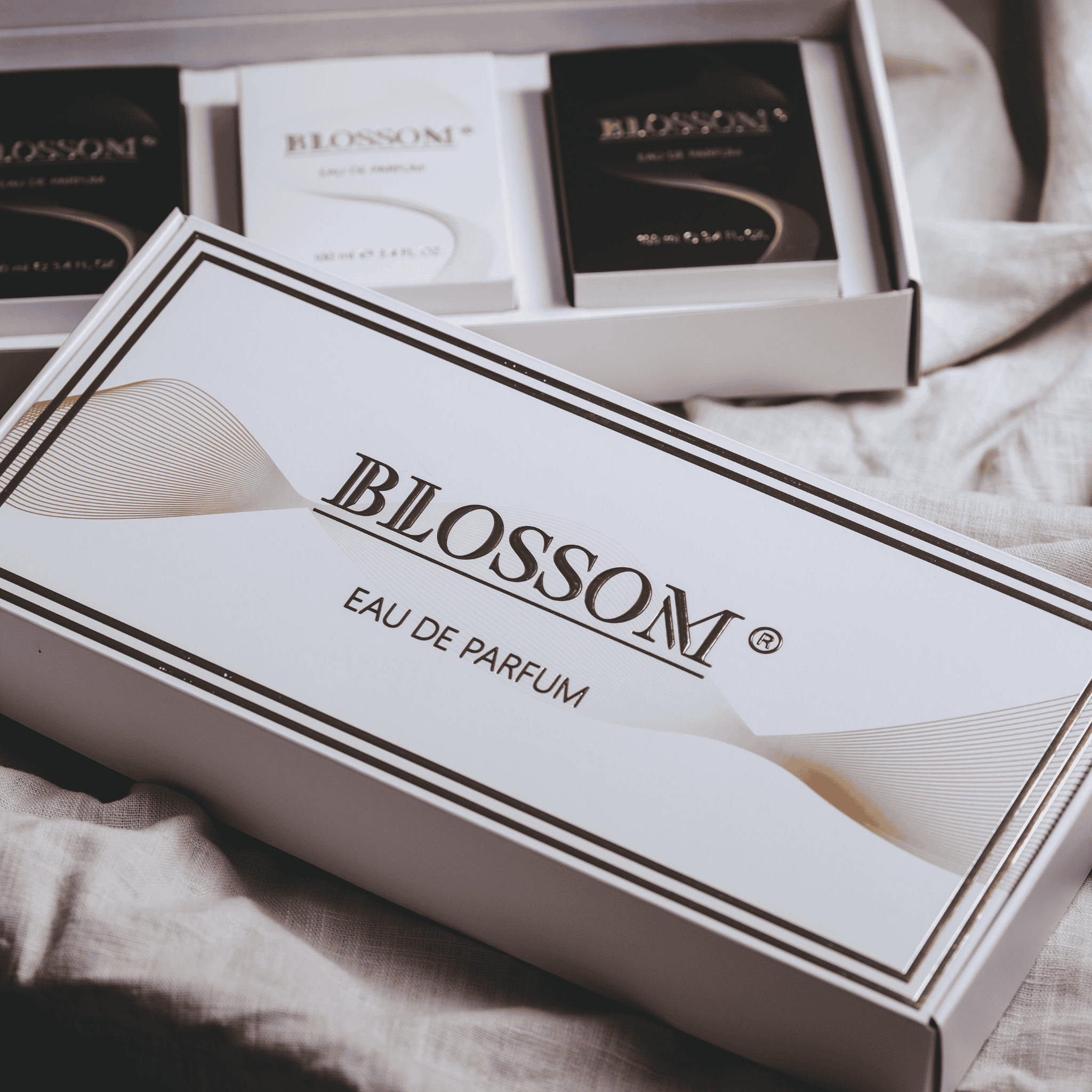The dry down of a beloved fragrance is a personal signature, a final, lingering whisper of amber, sandalwood, or moss that settles on the skin. It’s an intimate part of the day. But sometimes, that whisper becomes an unwelcome shout. A misplaced spritz, an overzealous application, and suddenly that complex, beautiful composition is a dark, oily mark on your favorite collar or cuff. The very essence you chose to define your aura has now blemished your appearance. It's a moment of pure deflation. But that mark, born from precious oils and alcohol, is not the final word. Understanding the chemistry of what you love is the first step to undoing the damage.
What Makes Perfume Stain?
To solve the problem, it helps to understand the culprit. What is it in our beloved fragrances that clings so stubbornly to fabric? It's a simple, yet potent, combination:
-
Essential Oils & Carrier Oils: These are the soul of the fragrance. They provide the scent and the sillage, that lovely trail you leave behind. But oils, by their nature, are greasy and love to grab onto textile fibers.
-
Alcohol: The alcohol acts as a solvent and a carrier, helping to project the scent. When you spritz, the alcohol evaporates quickly. What’s left behind is a more concentrated dose of those oils.
-
Dyes: Many perfumes, especially those with deep amber, pink, or even blue hues, contain dyes. The long maceration process used for natural ingredients can also impart color. These dyes can act like a miniature tie-dye experiment on your clothes.
So, when perfume hits your shirt, the alcohol vanishes, leaving a concentrated little puddle of oil and dye to soak right in. The key is to address what's left behind.
Your First Response
Time is not on your side. The faster you act, the better your chances of complete removal. Whatever you do, resist the urge to scrub frantically.
Blot, don't rub.
Rubbing grinds the oils and dyes deeper into the fabric’s weave, making the stain larger and more permanent. Instead, grab a clean, dry, lint-free cloth (a microfiber cloth is perfect) or a paper towel. Gently press it onto the stain to absorb as much of the excess oil as possible. You’re trying to lift the perfume off the fabric, not push it in. Treat the fabric gently; you wouldn't use force on a delicate vintage bottle, so don't use it on a delicate silk blouse.
The Gentle Approach
For most fresh stains on durable fabrics like cotton or linen, a simple household item is your best friend. The goal here is gentle persuasion, not brute force.
The Dish Soap Method
A clear, non-bleaching dish soap is a minor miracle worker. Why? Because it’s a surfactant, designed specifically to break down grease and oil.
-
Place a clean cloth or paper towel under the stained area to prevent it from transferring to the other side of the garment.
-
Apply a single drop of clear dish soap directly onto the stain.
-
Using your finger or a soft-bristled toothbrush, work the soap into the stain in a gentle, circular motion. You should see the stain start to break up.
-
Rinse the area with cool water from the back of the fabric. This pushes the stain out rather than driving it further in.
-
Check your work. If a faint mark remains, repeat the process before letting it dry.
Only once the stain is completely gone should you launder the item as usual. Never put a stained garment in the dryer, as the heat will set the stain permanently. It’s the cardinal sin of stain removal.
The Rubbing Alcohol Trick
This might sound counterintuitive, but sometimes you need to fight fire with fire. Since perfume is alcohol-based, a little rubbing alcohol can help dissolve the dried oils. This is particularly effective on stubborn spots.
First, always do a patch test on a hidden seam or inconspicuous area to ensure the alcohol doesn't damage the fabric's color or texture. Once you know it’s safe, lightly dampen a cotton ball with rubbing alcohol and gently dab at the stain. You're using the alcohol to re-wet and dissolve the perfume oils, making them easier to lift. Follow this up with the dish soap method to remove any residue.
Finding the right perfume a bit tricky? Discover your perfect match with us.
What About Delicate Fabrics?
What happens when that precious juice lands on silk, wool, or cashmere? This is where your steady hand and patience are truly tested. These fabrics require an even gentler touch. Water itself can sometimes leave a mark on silk, so you need to be strategic.
For these instances, glycerin can be a lifesaver. It's a mild solvent that is excellent at breaking down oil-based stains without being harsh.
-
Place a towel underneath the fabric.
-
Apply a small amount of glycerin to the stain and let it sit for about an hour. The glycerin will slowly soften and lift the oily components.
-
After an hour, place the stained area face down on a clean paper towel and blot from the back. This transfers the oily residue to the paper towel.
-
Dab with a tiny bit of dish soap and rinse very carefully with cool water. Or, for ultra-delicate items, take it to a professional cleaner and tell them exactly what the stain is. It's, how do you say, pivotal, that they know the source.
Ultimately, preventing the stain is far easier than removing it. The best practice? Apply your fragrance a few minutes before you get dressed. Let it dry down and settle into your skin, not your clothing. This allows the alcohol to evaporate completely, leaving the beautiful scent where it belongs. A stain on your clothes is temporary, but the joy of a signature scent is forever. Don't let a small mishap stop you from enjoying it.

